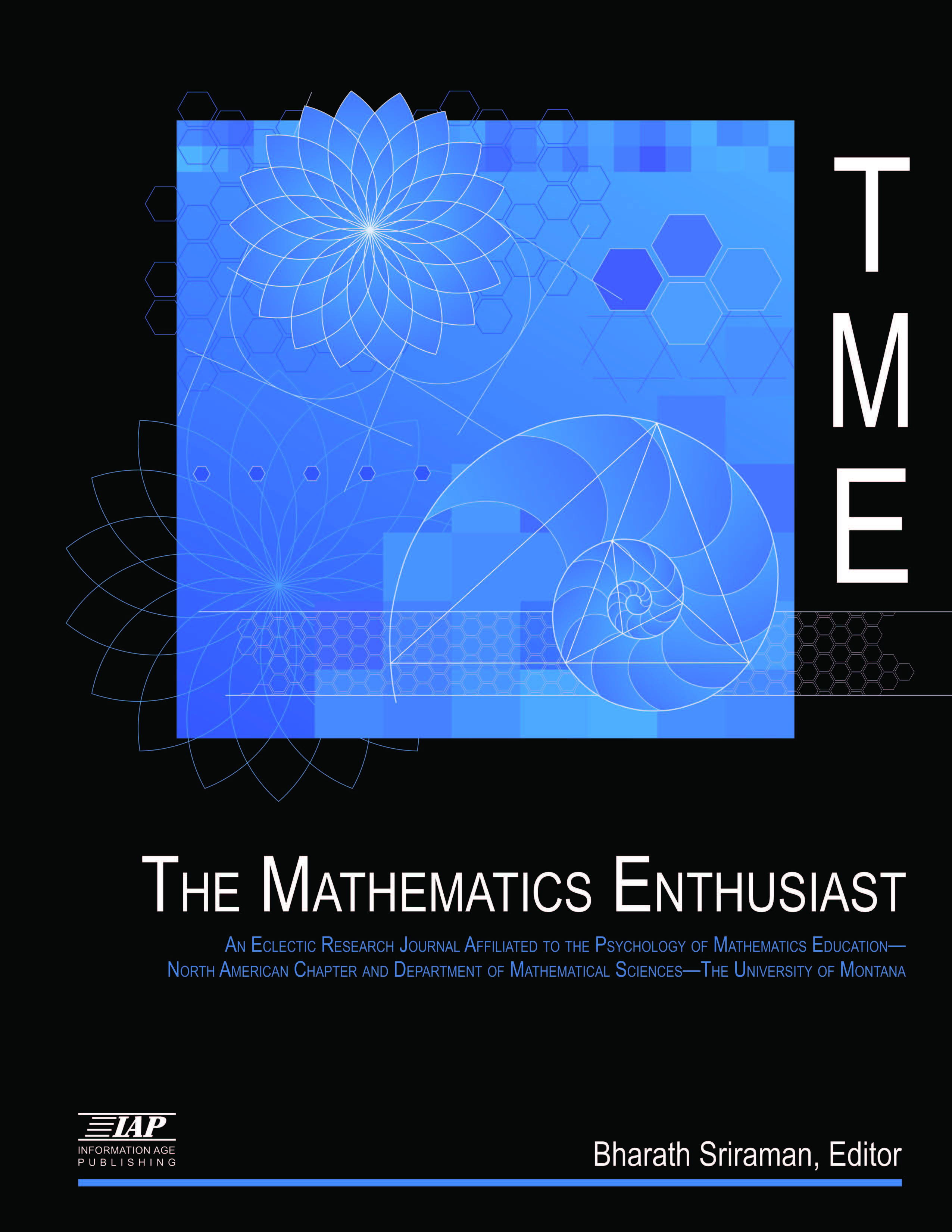
Volume
22
Issue
3
Abstract
Agustín thus sought to abandon the unsafe use of inductive methods in algebra, as Leonardo had employed them, and to rather recover Euclid's ideal that is crystallized in the Elements of Geometry. Nevertheless, his idea of a limit is grounded in the dynamism of motion or a process: It is an embodied idea. From here, a conceptual exploration of functions and their possible properties begins. The effort of conceptual reorganization that Agustín undertakes is remarkable, and it prepares the ground for the in-depth research suggested by his work. With this arose a tangible need need to review the forms of existence of mathematical objects and what they meant. What was continuity in arithmetic reality? and How can we measure the size of a set? As mathematics pursued these questions, it became almost possible to abandon confidence in intuition completely, and this led to (among other consequences) a profound rupture: the dissociation of continuity from the differentiability of a function. All this awaits us below.
First Page
229
Last Page
256
Recommended Citation
Moreno-Armella, Luis and Brady, Corey
(2025)
"Part 3: Mathematical Thinking and Rigor, First Steps,"
The Mathematics Enthusiast: Vol. 22
:
No.
3
, Article 4.
DOI: https://doi.org/10.54870/1551-3440.1660
Available at:
https://scholarworks.umt.edu/tme/vol22/iss3/4
Digital Object Identifier (DOI)
10.54870/1551-3440.1660
Publisher
University of Montana, Maureen and Mike Mansfield Library
